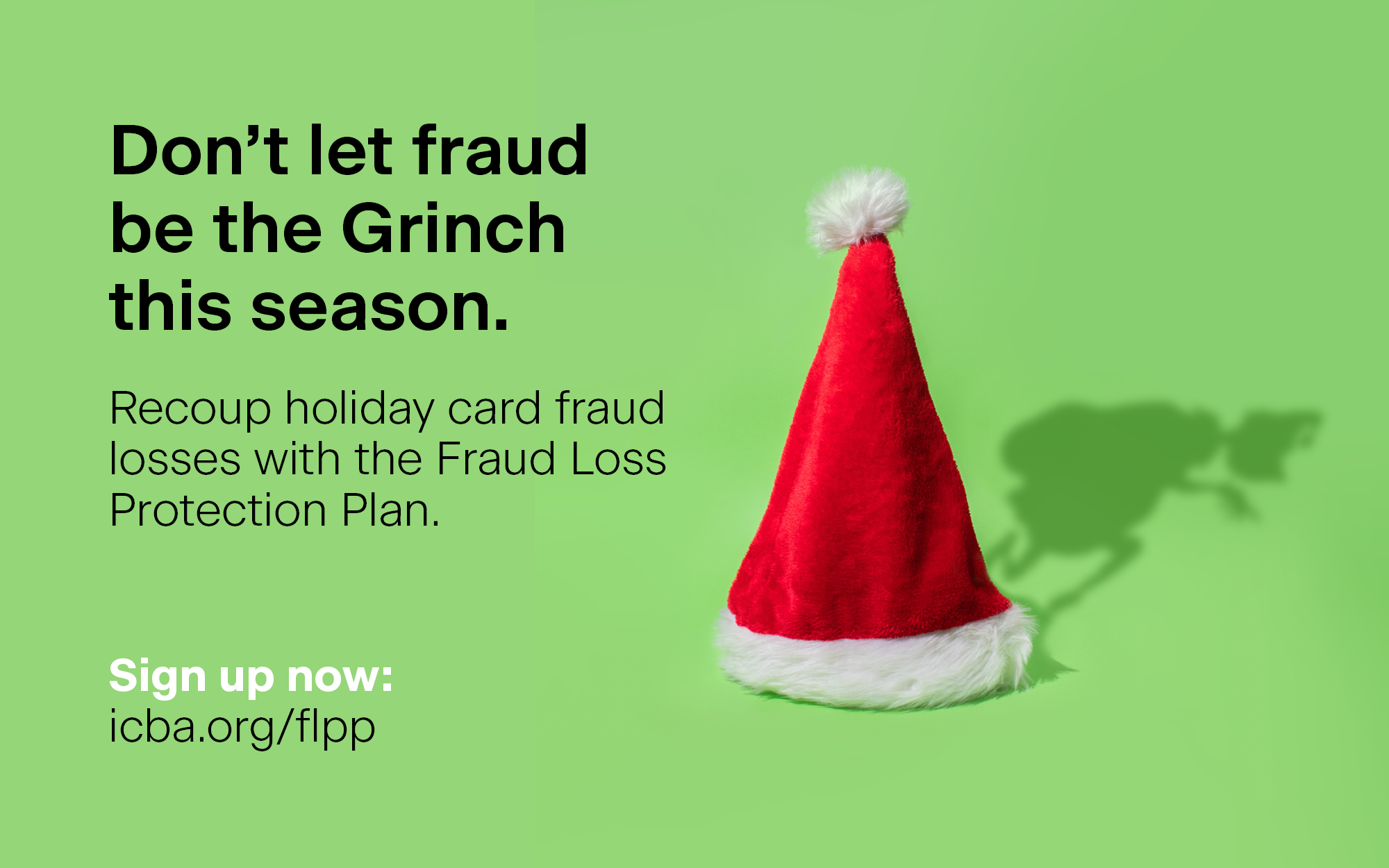Bond portfolio yields are at multiyear highs.
Jim Reber: The Rule of Three
October 01, 2025 / By Jim Reber
Bond portfolio yields are at multiyear highs.
Being most decidedly not a professional journalist, I’m all for using tricks and devices to develop themes in my columns. This month, I’m relying on the “rule of three,” a literary technique that suggests that topics with three identifiable components can produce clarity or improve the effectiveness of the piece. Personally, I’m a fan of “hook, line and sinker,” “of the people, by the people, for the people” and the ever-popular Larry, Curly and Moe.
What really spurred this thought process is that community bank bond portfolios are now yielding a nice round 3% on a tax equivalent basis. While that may not sound like much, it’s been many years since they’ve been at that level. Let’s dive into what makes up these bond collections to see how they have evolved this decade.
Veni…
The sample information for this column is from Stifel’s bond accounting population of more than 400 community banks, whose average portfolio size is about $208 million.
To put into perspective what a grind it’s been to get back to even a 3% yield, consider that the last time it was anywhere near this close was way back in 2018. Even then, that was a chore, as overnight rates, which averaged all of 77 basis points (0.77%) between 2010 and 2022, peaked at 2.50% in late 2018.
It’s surprising to me how long rates were depressed in the aftermath of the Great Recession.
Another headwind for bank profitability in the recent past is how quickly cost of funds rose relative to portfolio yields. One major cause of this deterioration was that bond durations extended dramatically in 2022–23, and very few purchases occurred during the big run-up in market yields. The spread between portfolios and the related cost-of-carry shrunk by well over 100 basis points between 2020 and 2024 (see table below).

Vidi…
Nonetheless, portfolio income has slowly made a comeback, and it’s hoped there is some staying power built into the current structures. Average durations remain elevated (still over four years), and mild rate shock tests (+/- 100 bps) indicate portfolio cash flows should remain reasonably stable. These are metrics that seem to be built for a slow-to-fall rate environment, which is precisely what the Federal Reserve, economists and market indicators are projecting for 2026.
Another point of note is that sector weightings really look pretty similar to 2018. At both measuring periods, treasuries/agencies were around 15% of the total, all mortgage-related products were around 50%, and municipals were about 22%. What is interesting is the top quartile seven years ago had a full 41% muni allocation, and today it’s only about 14%. The main culprit, as has been well documented, is the tax relief that became law in 2018 and reduced tax-equivalent yields for many bank investors.
Vici
I am speaking with some conjecture here, but the near-term prospects for bond performance are pretty solid. Everyone, including the Fed, agrees that rates are somewhat restrictive, and chairman Jerome Powell is in no particular hurry to aggressively drop them, even if one or two cuts are still in the 2025 numbers. That would give community banks some more time to layer in bonds at levels they’ll be glad to own later.
More inference is that the cost of funds, even if the Fed remains patient, should continue to decline. The second quarter of 2025 was the fourth straight period of declining deposit costs for community banks, and coupled with the expected continued improvement in portfolio returns, net interest margins for at least the rest of the year look to be attractive. To conclude: The backdrop of 3% portfolio yields seem to bode well for “faster, higher, stronger” community bank performance.
Education on tap
ICBA Securities’ endorsed broker-dealer Stifel will present two webinars in October. On Oct. 16 at 1 p.m. Eastern, chief economist Lindsey Piegza hosts her quarterly Economic Insight Live. Two weeks later, on Oct. 30, also at 1 p.m. Eastern, Stifel strategists discuss Solutions for Year-End Planning. Both events are complimentary, and the second offers up to one hour of CPE. To register, contact Jim Reber or your Stifel rep.
Subscribe now
Sign up for the Independent Banker newsletter to receive twice-monthly emails about new issues and must-read content you might have missed.
Sponsored Content
Featured Webinars
Join ICBA Community
Interested in discussing this and other topics? Network with and learn from your peers with the app designed for community bankers.
Subscribe Today
Sign up for Independent Banker eNews to receive twice-monthly emails that alert you when a new issue drops and highlight must-read content you might have missed.
News Watch Today

Join the Conversation with ICBA Community
ICBA Community is an online platform led by community bankers to foster connections, collaborations, and discussions on industry news, best practices, and regulations, while promoting networking, mentorship, and member feedback to guide future initiatives.













